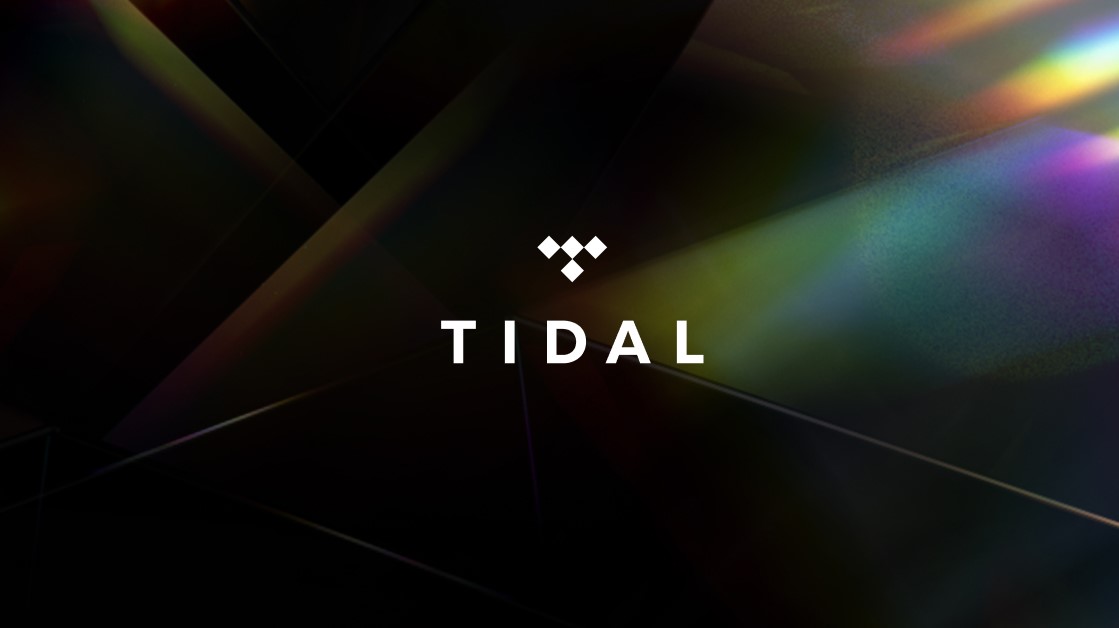Tom's Guide Verdict
If audio quality is important to you and you're concerned about artist remuneration, then there’s only one place to put your subscription money.
Pros
- +
Superb hi-fi sound
- +
Dolby Atmos and Sony 360 Reality Audio support
- +
Excellent curated content
- +
Useful performance-boosting features
- +
Clear artist remuneration policy
Cons
- -
No annual subscription plan
- -
Needs hi-res-capable components to fully appreciate audio benefits
Why you can trust Tom's Guide
Library size: 110 million tracks
Audio quality: 16-bit/44.1kHz to 24-bit/192kHz
Audio file format: FLAC
Platform support: Web browser and mobile app
Tidal may not be as popular as Apple Music or Spotify, but it is the go-to streaming platform for lossless and hi-res music. It has more than 110 million tracks that you can listen to in CD-quality sound, along with 650 thousand videos and plenty of exclusive content (e.g., livestreamed concerts, podcasts). No music app matches this level of curation, nor do they offer better artist remuneration than Tidal (up to $0.015 per stream). Then there’s the unrivaled audio quality.
Tidal has been known for its hi-res MQA format. At the time it launched, MQA enabled hi-res audio files containing large amounts of data to be 'packed' in such a way that they could easily be streamed from music servers over digital networks with limited bandwidth and 'unpacked' by compatible MQA playback devices in our homes.
As digital networks and infrastructure have improved though, Tidal began phasing out its MQA format support, and in June 2023 started making its hi-res library available in FLAC format. With support for immersive sound technologies such as Dolby Atmos and Sony’s 360 Reality Audio, and some of the best streaming features, Tidal is a fantastic service to hear songs the way artists and studio engineers intended.
Read our full Tidal review to discover why this is one of the best music streaming services around right now.
Recent updates
Update: April 2024 to reflect Tidal's subscription price change.
Tidal review: Price
Tidal's price plan
| Plan | Tidal | DJ Extenstion |
|---|---|---|
| Individual | $10.99 / £10.99 / AU$12.99 | $9.00 / £9.00 |
| Family (up to 6 accounts) | $16.99 / £16.99 / AU$19.99 | Row 1 - Cell 2 |
| Student | $4.99 / £4.99 / AU$5.99 | Row 2 - Cell 2 |
To fall in line with its competitors, Tidal has streamlined its subscription plan by combining its lossless audio 'HiFi' and hi-res 'HiFi Plus' tiers into one new ad-free individual plan for just $10.99 / £10.99 / AU$12.99 per month. This will include access to its full hi-res audio library as well as Dolby Atmos and Sony 360 Reality Audio spatial audio content.
The new plan is simply called Tidal and rolled out on April 10, 2024. Tidal's HiFi and HiFi Plus tiers cease to exist.
Tidal's subscription plans are available on the music platform’s homepage and there are plenty of benefits that make Tidal even more worthwhile. The recent introduction of Tidal's new share anywhere feature is another great development by the streaming service, and one of several ways where it's ahead of the pack.
The Family plans start at $16.99 per month and lets you add up to 6 additional accounts. Students get a significant discount and the service costs $4.99 per month.
Tidal does not currently offer an annual plan. Signing up automatically gifts you a 30-day free trial at no charge, which can be canceled any time before the trial period ends.
Tidal review: Availability
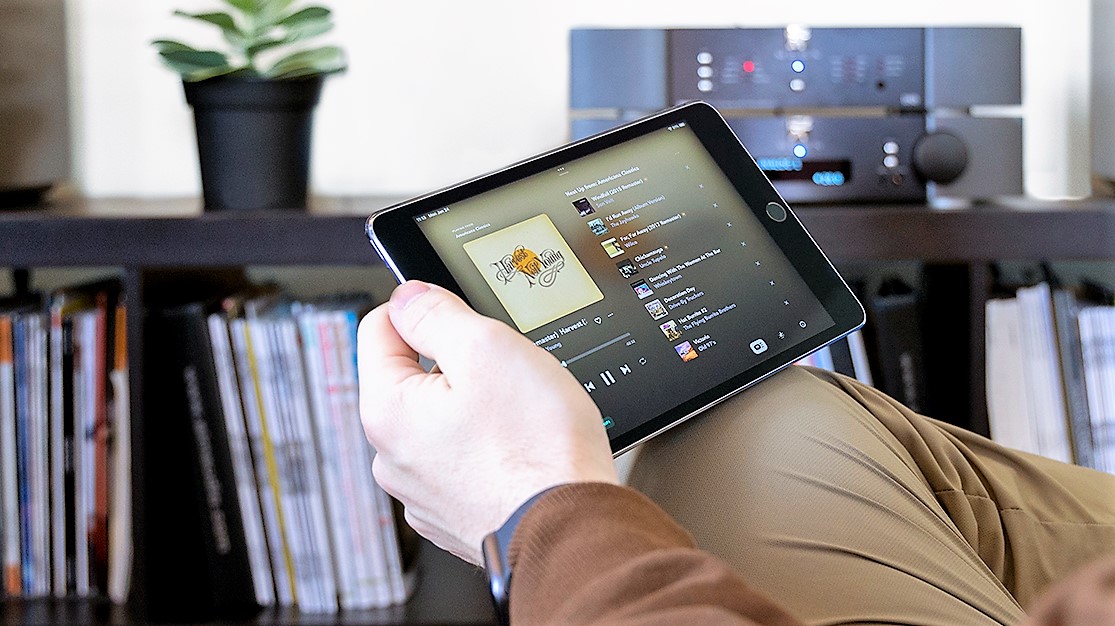
Tidal comes as both a mobile and web application. Apple users can download it to their iOS (iPhone, iPad) or OSX devices (MacBook, Mac desktops) via the App Store. Android users can do the same through Google Play. There’s even a PC version available for download in the Microsoft store to use on Windows-operated machines.
A plethora of devices support Tidal, including many of the best wireless speakers, best phones, best smart TVs, best streaming devices, and best smartwatches. Mercedes-Benz owners are also able to stream Tidal content at the highest quality through the Mercedes me Portal by way of Bluetooth or the Mercedes me Adapter (for models built after 2002 without connected functionality).
Tidal review: Features
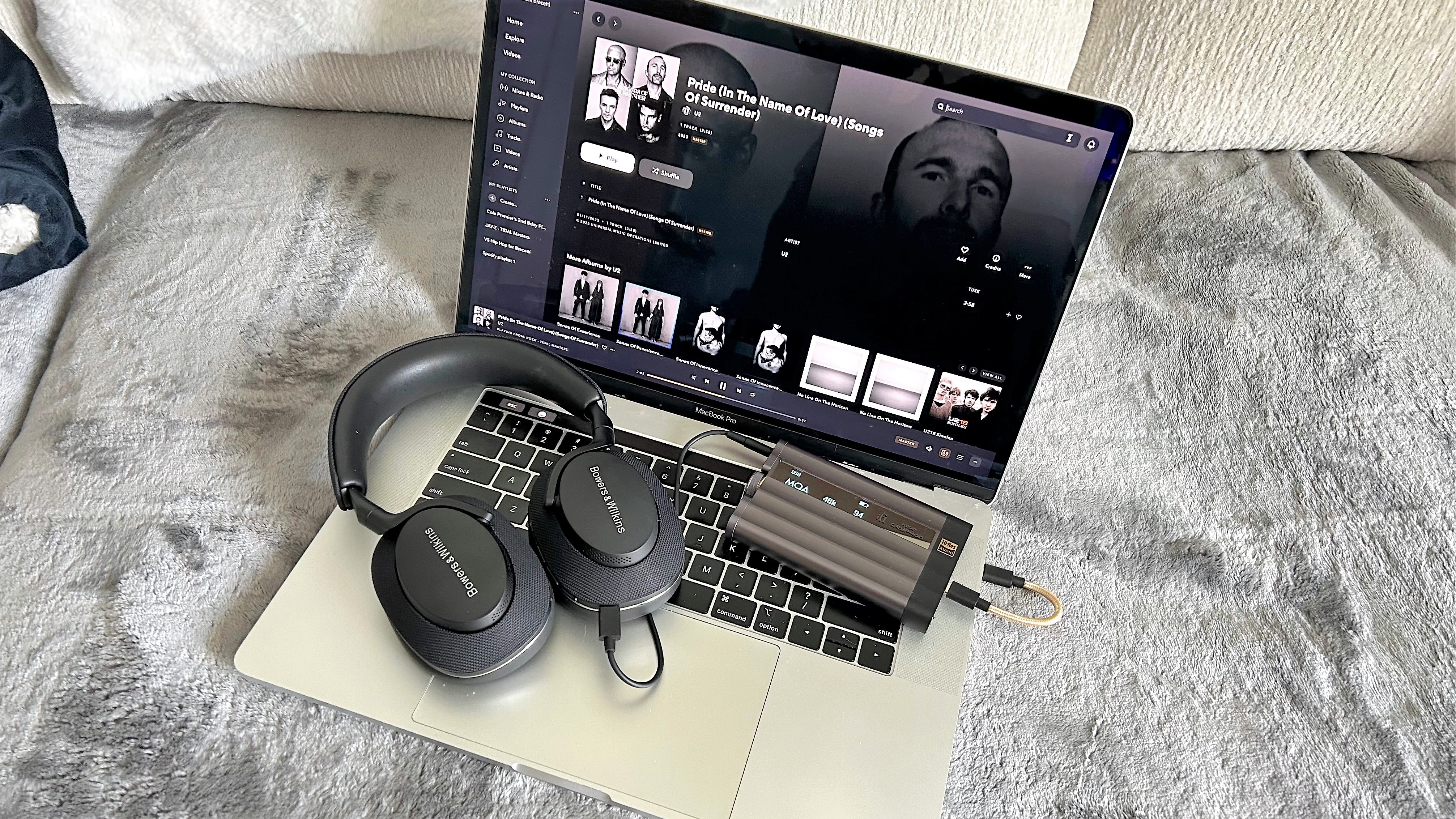
Features are what make Tidal a sonic streaming juggernaut. Following a March 2024 update, users can share universal links to songs or albums, allowing them to open those tracks in whatever service they use for listening to music. This is a significant step and means Tidal users can share their favorite new song with Spotify or Apple Music users and recipients will be able to open that song on their favored streaming platform. Now that's neat.
Tidal's headline feature though is its lossless audio capabilities and hi-res tracks, which are currently only available to HiFi Plus subscribers but will soon be rolled into one new Tidal subscription. Two other features bundled with this package are 360 Reality Audio and Dolby Atmos spatial audio integration.
Tidal has the largest hi-res catalog available. Not everything on the platform is a Master recording, but you can still get CD-quality sound at 1,411kbps when setting HiFi as the streaming option. CD-quality audio comes as standard with all Tidal pay-for subscriptions.
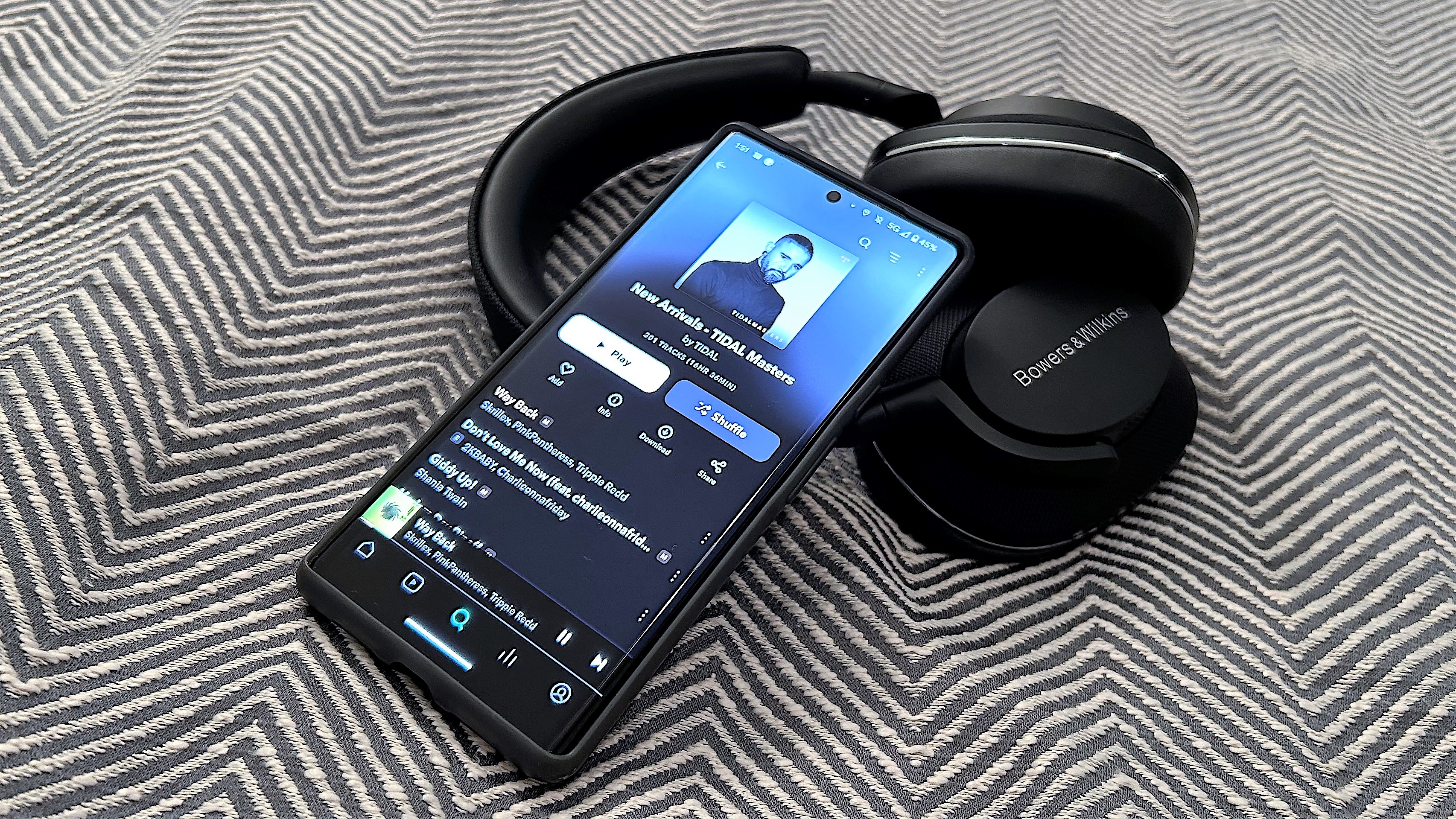
There are several features worth checking out on the platform — Tidal just hasn’t marketed them well. For instance, Exclusive Mode allows the music program to take control of your device’s DAC and automatically tweak frequencies based on song selection. There’s also Tidal Connect to instantly pull up the service on wireless speakers for hi-res playback over Bluetooth, AirPlay, or Wi-Fi. Those are just two of many ways to improve your Tidal listening experience.
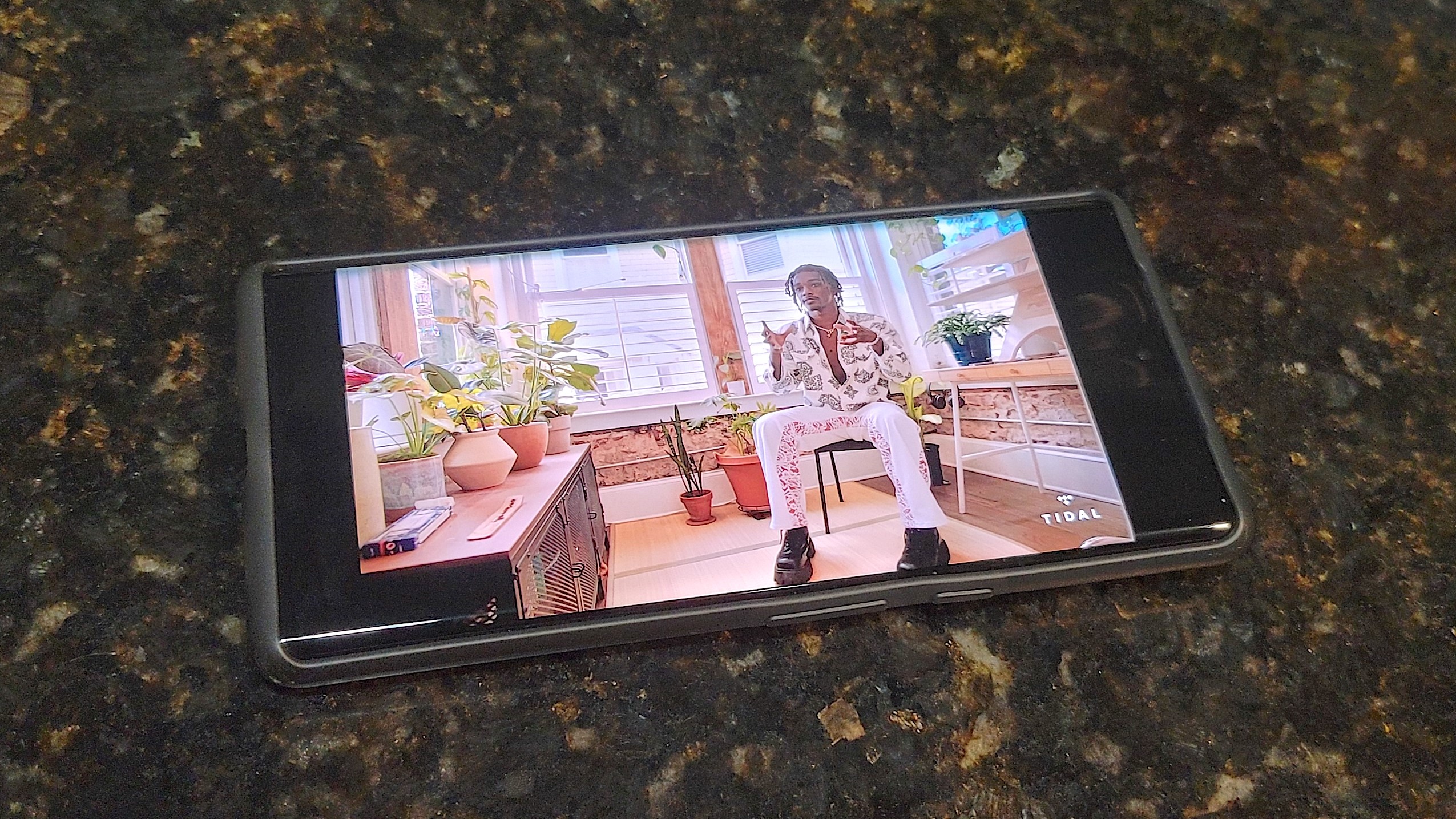
Tidal tracks and videos can be downloaded to your phone for offline listening, in any streaming quality. More enticing is the amount of exclusive content available, which consists of concerts, curated mixes, discovery radio stations, podcasts, and shows. It would have been nice if Tidal let you transfer music libraries and playlists from other streaming services. Luckily, there are third-party apps for that (we recommend Soundiiz).
No platform does curation better than Tidal. The algorithm-generated recommendations are spot-on; most personalized music and video mixes favored my listening habits. The Explore tab simplifies searches, thanks to a beautiful interface and seamless navigation. Categories and menus are assigned properly and not cluttered together. My Daily Discovery is another solid tool for finding new artists and songs.
Other standard features worth mentioning are playlist creations and social media sharing.
Tidal review: Sound quality
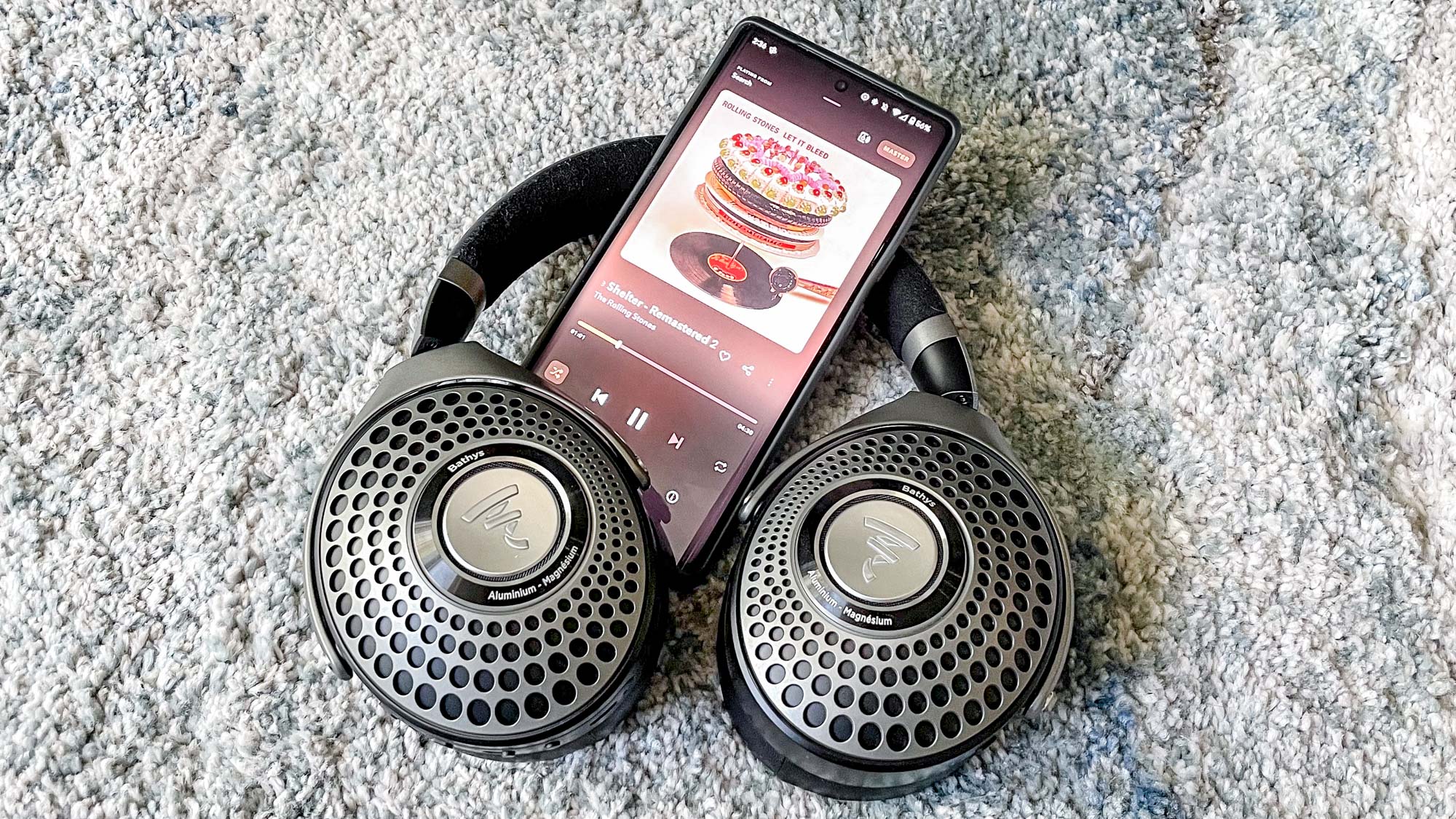
The Tidal music app delivers excellent sound on all platforms. Mobile users can stream content over their cellular plan or Wi-Fi at different streaming speeds. Normal (96kbps) and High (320kbps) stream over AAC, which most devices support. HiFi (1,411kbps) achieves CD quality.
However, Master (2,304 – 9,216kbps) is the ultimate way to experience Tidal, pulling every bit of information and detail from a recording and packed into FLAC tracks. I felt the vibration on drums and percussive instruments. Strings demonstrated exceptional reverberation that extended and faded smoothly. Most importantly, Masters tracks brought out the subtle nuances in complex recordings; the cowbell on Blue Oyster Cult’s “(Don’t Fear) The Reaper” and heavy breathing on the intro to Pink Floyd’s “Wish You Were Here” were very transparent.
Tidal will automatically switch to HiFi when playing non-hi-res recordings, maintaining the highest streaming quality possible.
Of course, you'll need high-quality headphones to fully appreciate from the lossless of hires audio files that Tidal can deliver, and we recommend looing to our best headphones for audiophiles for our pick of the finest models for superior sonics.
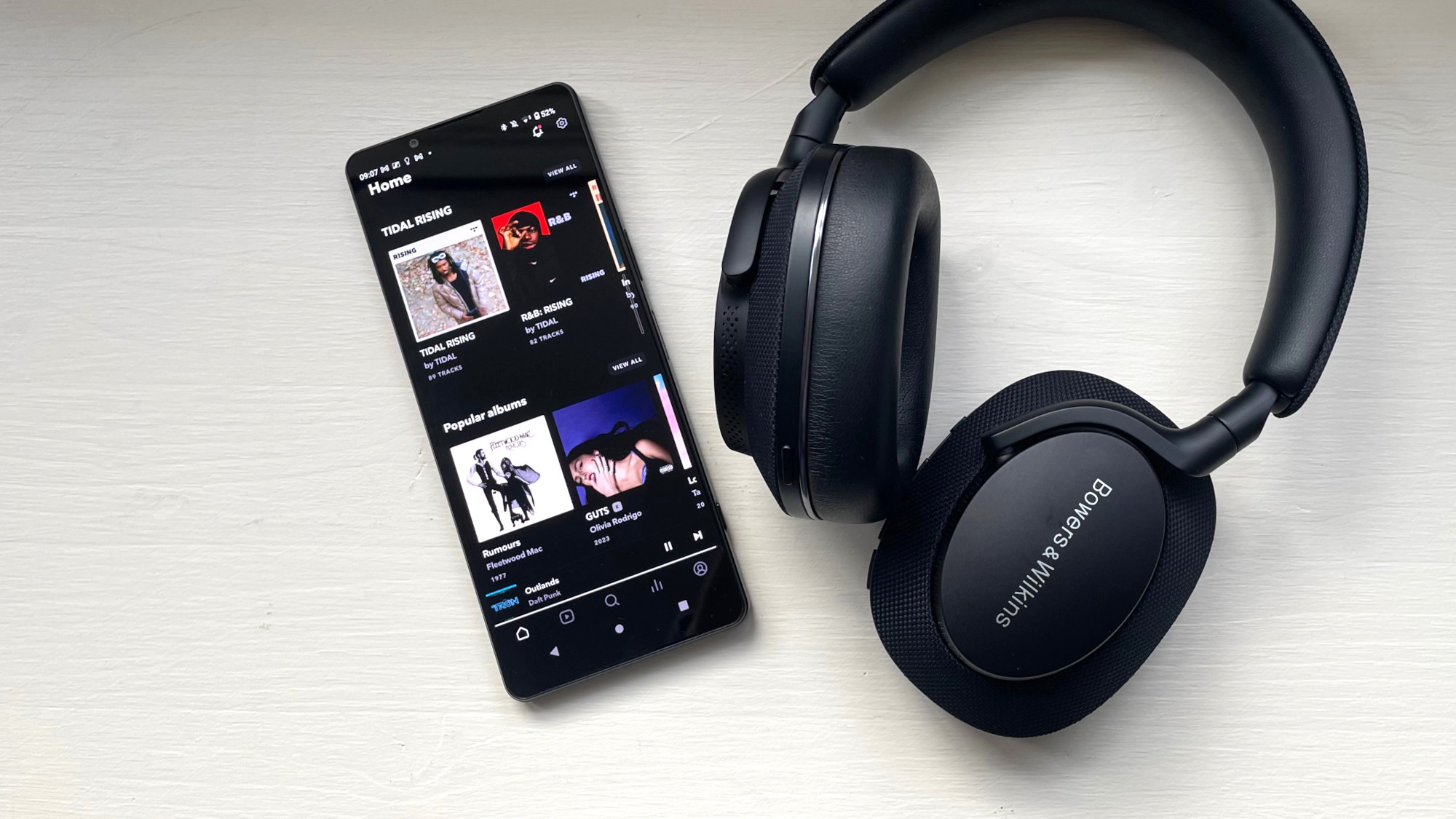
Chances are, though, that you’ll be listening wirelessly via Bluetooth. So investing in the best wireless earbuds or the best wireless headphones will ensure the highest audio quality starting point before it's compressed into an audio codec that can be handled by Bluetooth wireless to the earbuds. Remember to make sure that your playback device is set to output the highest output resolution.
My iPhone 14 and MacBook Pro provided hi-res goodness, though music sounded better on Android devices. LDAC codec support likely played a significant role, but I noticed cleaner music presentation when listening on my Google Pixel 6 Pro with the Sony WH-1000XM5.
You can still get satisfying audio from some of the best cheap wireless earbuds, depending on the model. In fact, our audio editor, Lee Dunkley, recently tried the $50 EarFun Air 2 with LDAC support and found them a great budget option for high-quality listening.
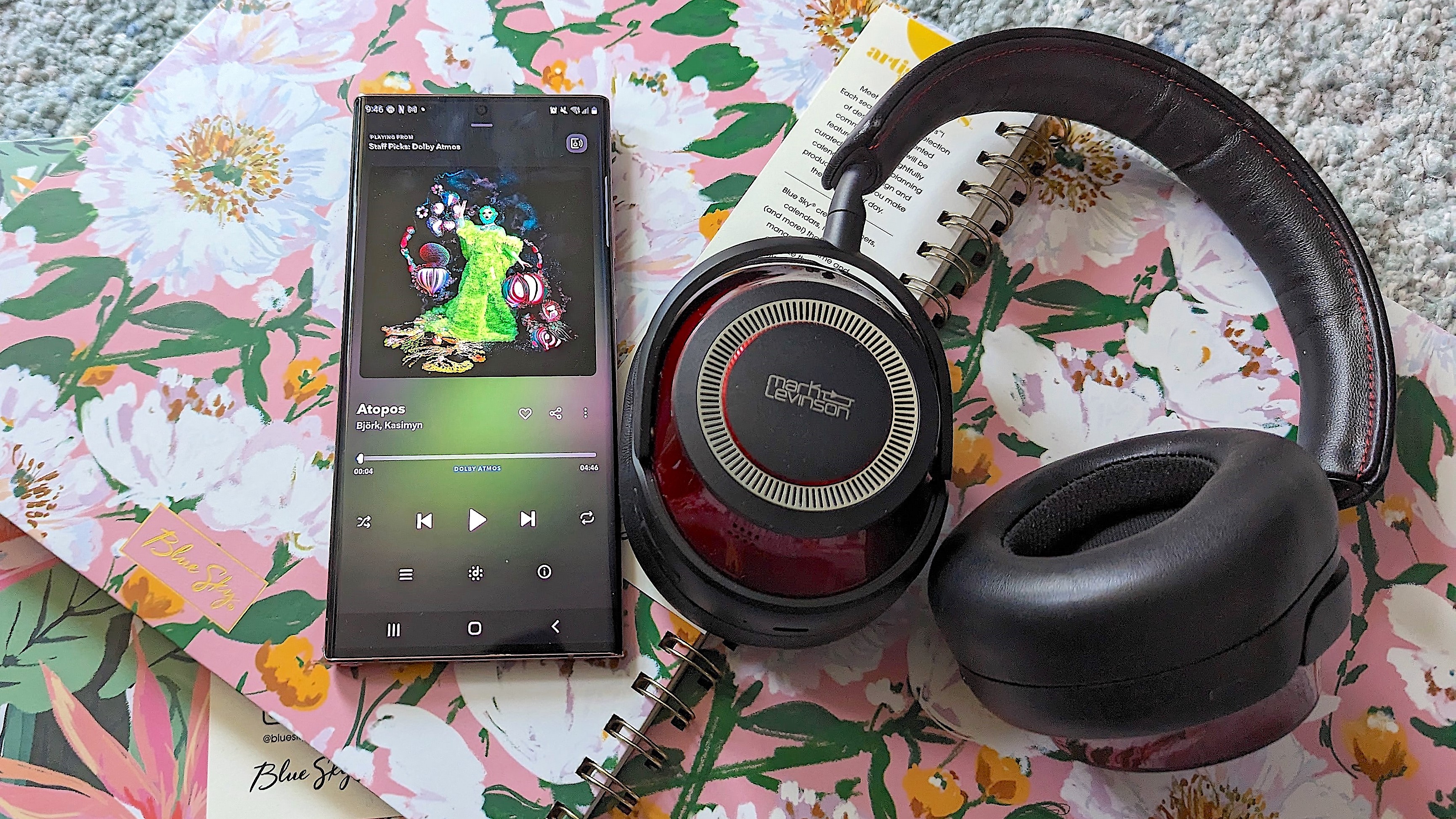
Immersive sound formats like Dolby Atmos and spatial audio are nothing new to music streaming services. Apple Music does both incredibly well. I would place Tidal below it.
Dolby Atmos tracks dished out emphatic sound. Lows, mids, and highs were clearer and more impactful on orchestral-heavy tracks. A Dolby Atmos-compatible device is required to hear this content. Switching to my Samsung Galaxy Note20 Ultra 5G granted better results, especially after enabling these Samsung Galaxy phone sound improvement tips.
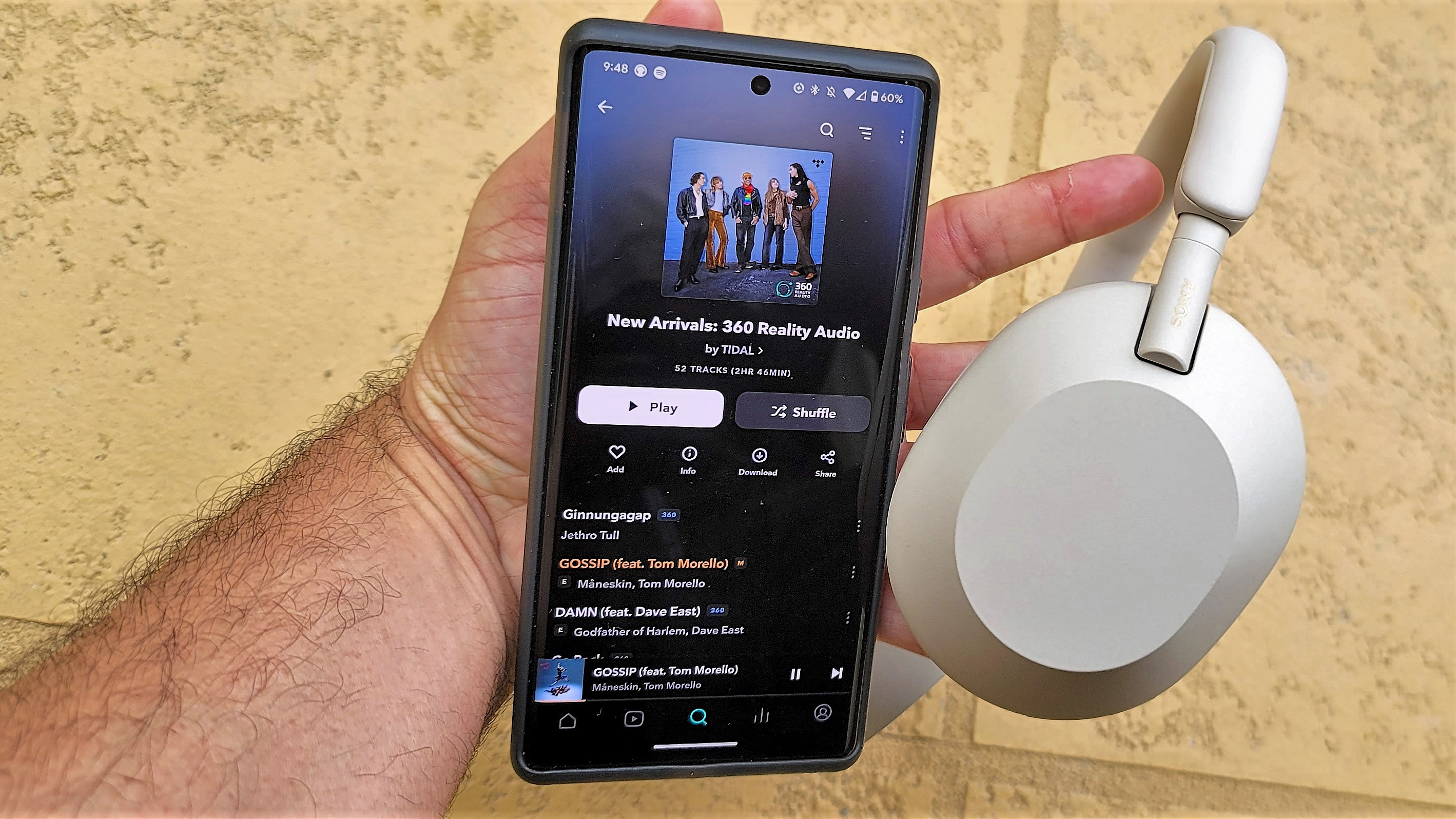
360 Reality Audio gave instruments and vocals more authenticity. Apple Music has the upper hand with spatial audio since the AirPods Max and AirPods Pro 2 support dynamic headtracking for fuller 3D sound. Sony headphones and earbuds do not.
HiFi and Master tracks carry lots of info, and streaming over your cellular plan will devour data. Streaming over Wi-Fi will limit buffering and squeeze as much detail out of tracks.
Tidal review: Verdict
Ingenious features, stellar audio format support, terrific artist remuneration, and the largest collection of hi-fi tracks available place Tidal atop the music streaming app throne. Both audiophiles and casual listeners receive a lot for the subscription price, which although high, is better overall value when compared to most other rival plans.
More from Tom's Guide
A lifestyle journalist with an affinity for consumer products, Alex has over a decade of experience and has worked with popular publications such as Complex, Thrillist, Men’s Health, Gear Patrol, AskMen, and Hoop Magazine. He currently focuses on audio, reviewing the most coveted headphones in the market for both Tom’s Guide and Laptop Magazine.
- Lee DunkleyAudio Editor
-
rp1972 1- you don't subscribe to a streaming music service to listen loseless music, you want to listen your playlist in loseless music and tidal provides only 30% of HR files on my experience using the service on my playlist , so you aren't getting the all package.Reply
2 - you need to buy extra software to listen HR music on any platforms android , iOS , windows or Mac because there's no device that plays HR natively , every platform repsamples the audio to lower resolution
3- you need WIRED headphones / IEMs
4- listen to losseless music on BT earphones / headphones is the same as listen Spotify , no matter how good the BT headphones are, BT codecs have heavy limitations , I don't think you can get much more than 96khz on most devices using LDAC .
5- MQA files are not losseless files and nobody cares about MQA, sorry
6- Tidal algorithm is getting better but not the best in the world for certain , it keeps suggesting the same tracks over and over like you don't have any alternative left on that huge library
7- HR files are so big you will struggle to listen to music if your internet isn't the best and don't even think to use your mobile data unless it's unlimited
So does it matter ? , NO , tidal have a very nice service and I personally use it and enjoy it but let's stop this no sense losseless music no one can hear the difference and please stop writing so many ridiculous bs, there's too many technical imitations and issues to even bother with loseless music
